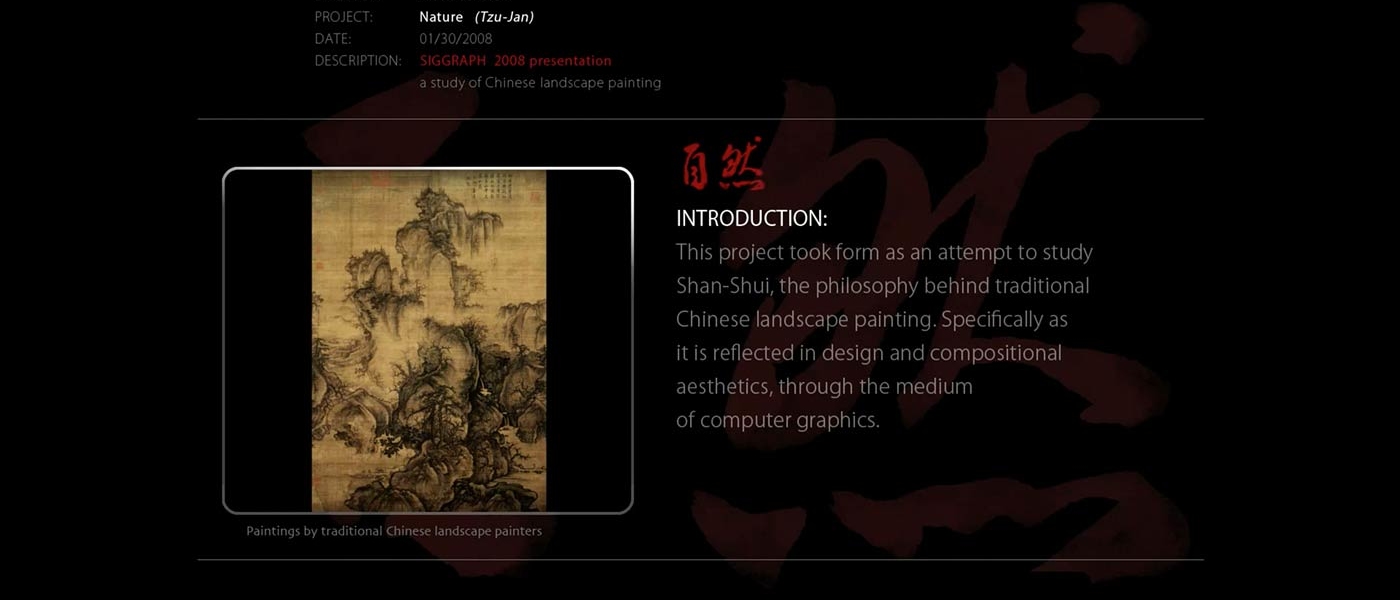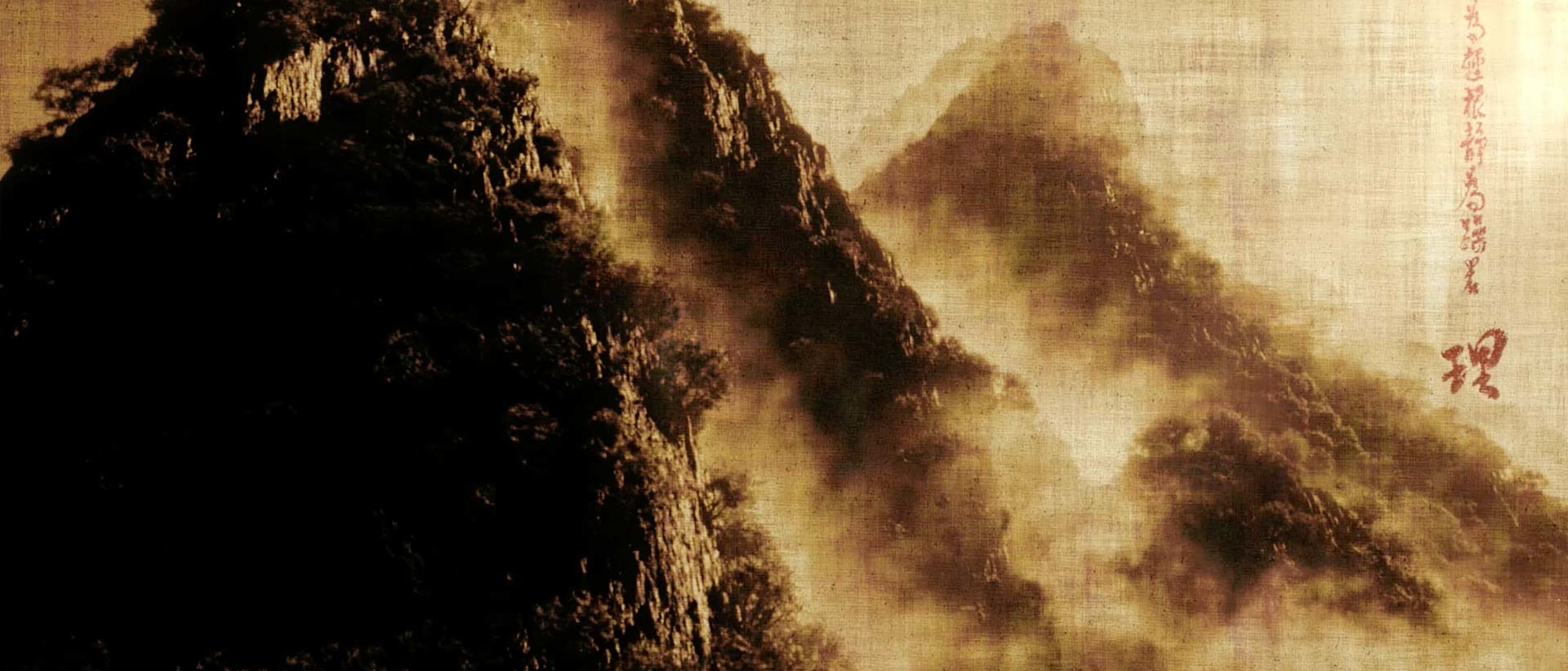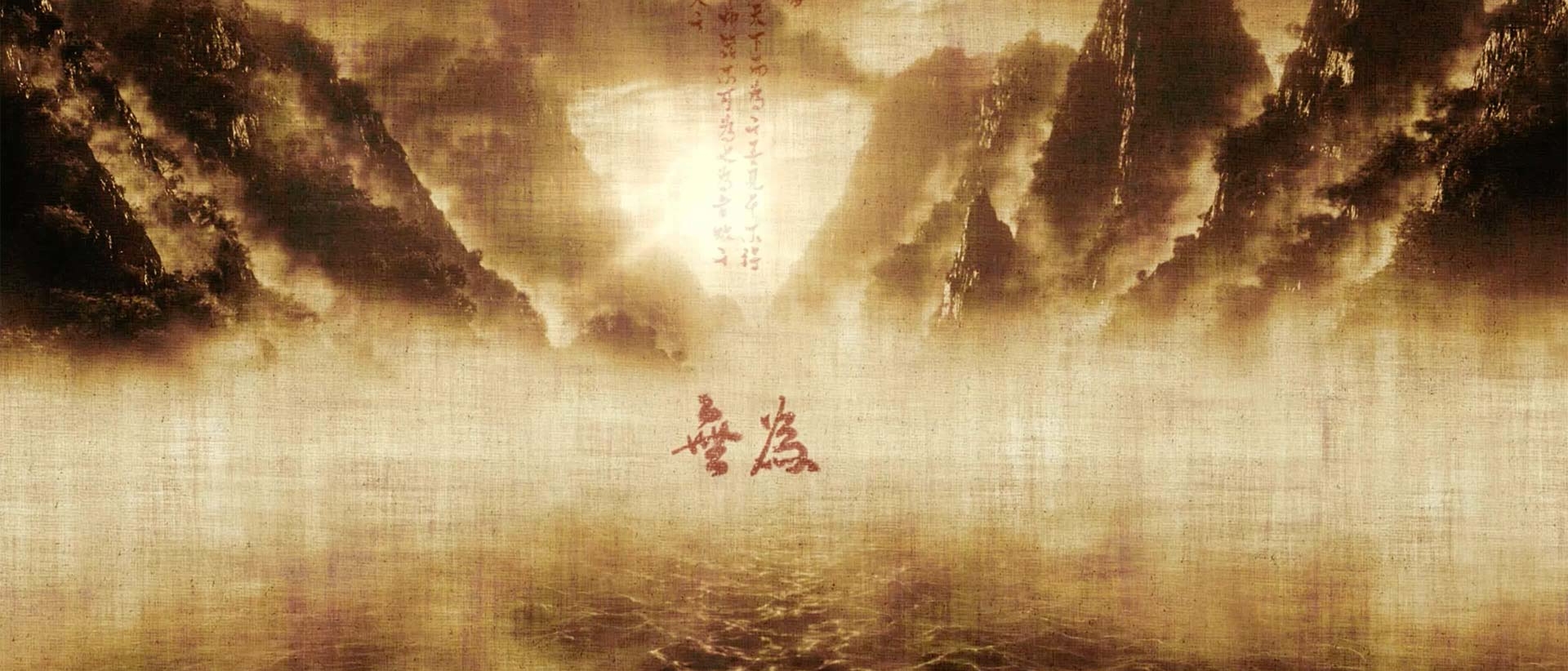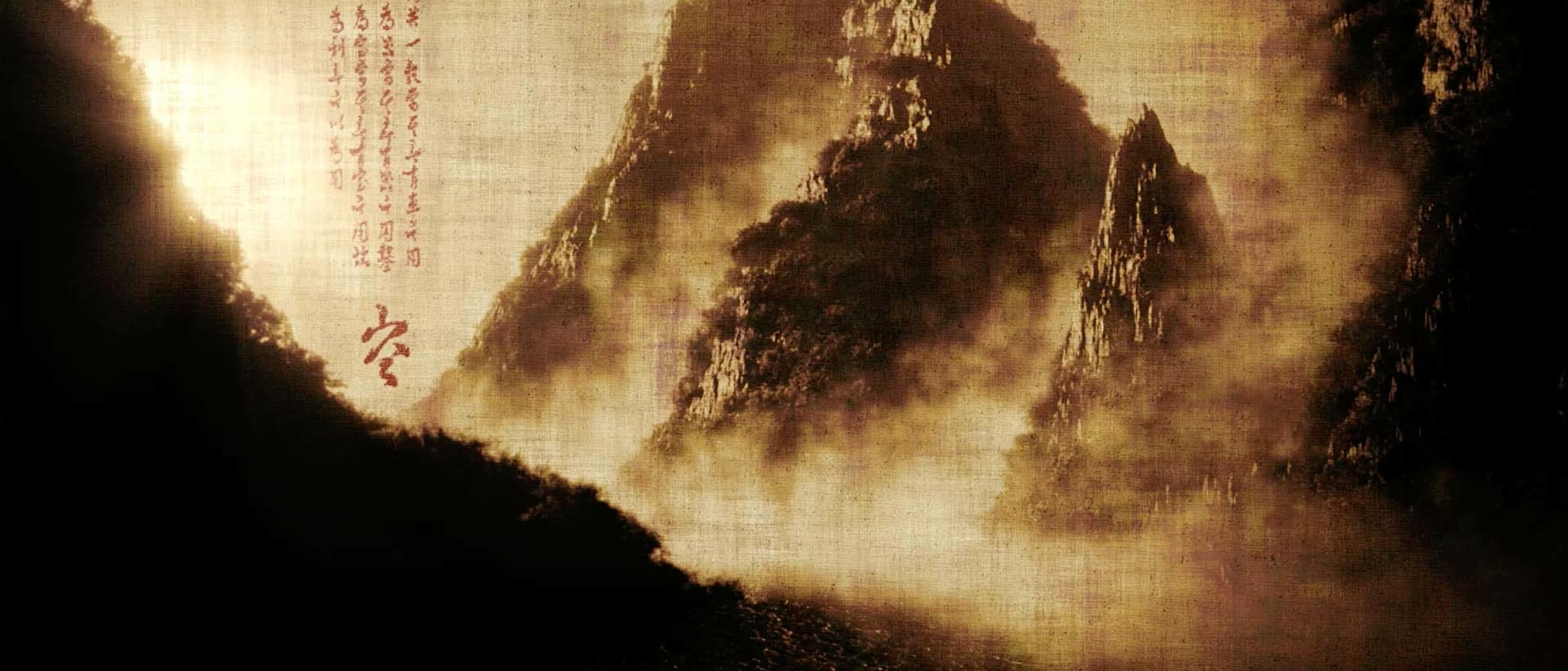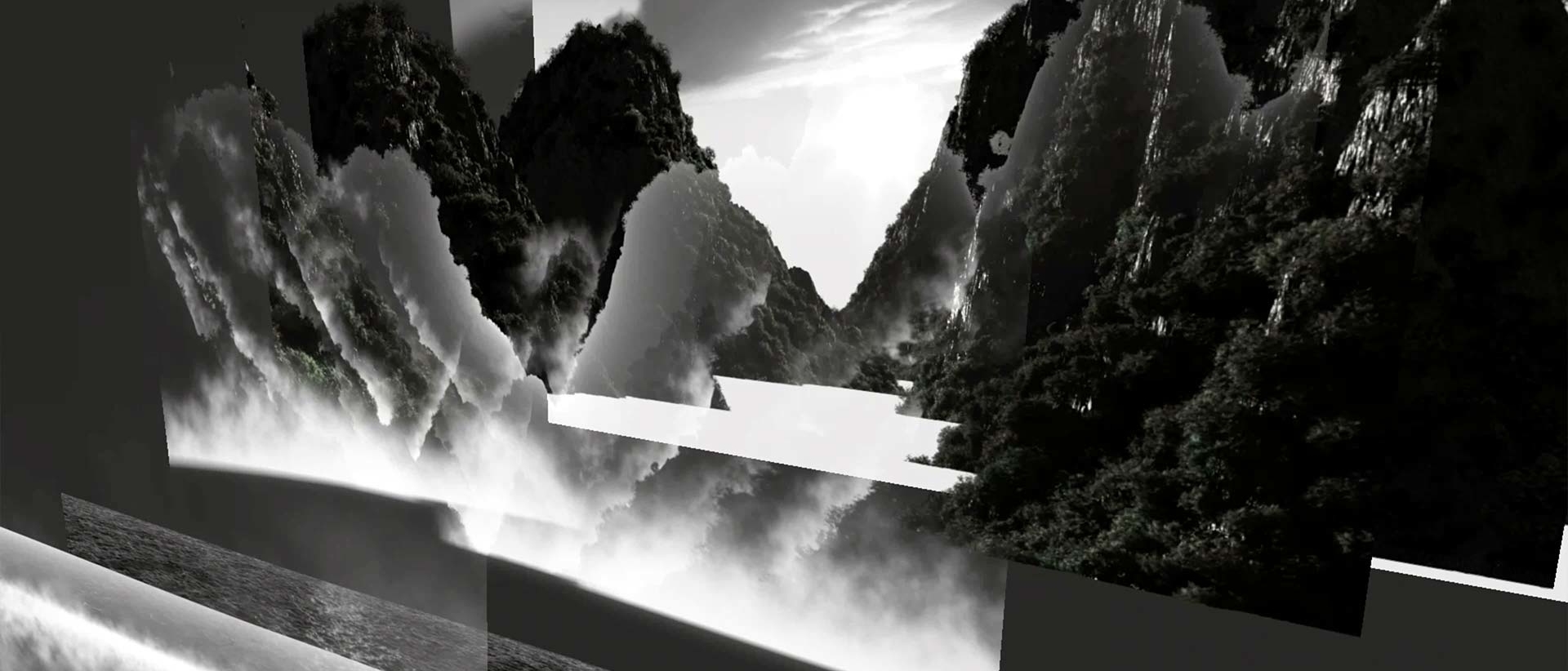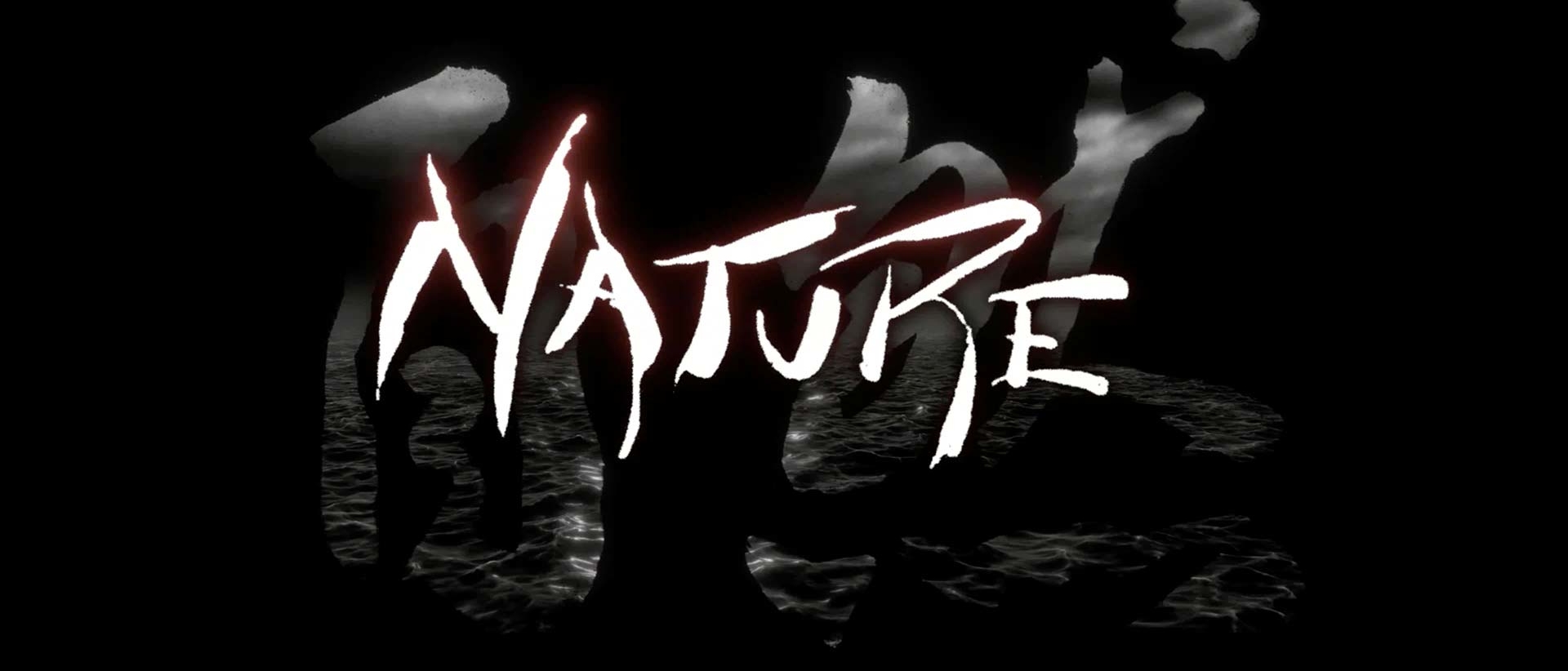
Nature-TzuJan
This project took form as an attempt to study Shan-Shui, the philosophy behind traditional Chinese Landscape Painting. Specifically as it is reflected in design and compositional aesthetics, through the medium of computer graphics.
Synopsis
The subject matter, of mountains, rivers, and the ‘sea of clouds’, like many Chinese paintings, is inspired by Huanghan (“the Yellow Mountains”), which are located in the southeastern corner of the Anhui Province, in eastern China.
There is in Chinese landscape painting, the concept of “idea-realms”, where the painting is inspired by a specific poem, or idea. In that tradition, presented here are 3 “dynamic paintings”, or, “idea-realms”, each meant to represent a fundamental idea in Taoist philosophy.
Tzu-Jan (Nature)
Tzu-Jan as the late author Alan Watts translated it, “if left alone and not forced in conformity with some arbitrary, artificial and abstract notion of order, a natural harmony will emerge, Tzu-Jan, of itself, without external compulsion.”
ACM SIGGRAPH 2008 Conference on Computer Graphics
“Nature – Tzu-Jan” was presented during the ACM SIGGRAPH Conference on Computer Graphics in Los Angeles 2008. The technical focus and craft employed to produce ‘Nature’ was Digimatte (short for ‘Digital Matte Painting’), the creation of large scale scenic environments for feature films. The three dynamic paintings are essentially visual effects shots which demonstrate elaborate 3D compositing/digimatte techniques.
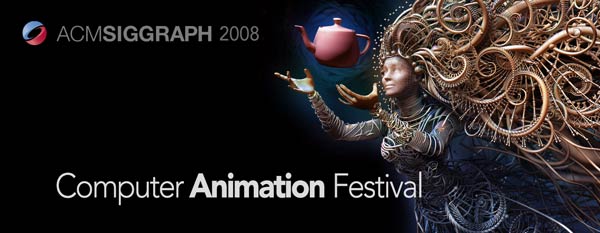

Nature-TzuJan
This project took form as an attempt to study Shan-Shui, the philosophy behind traditional Chinese Landscape Painting. Specifically as it is reflected in design and compositional aesthetics, through the medium of computer graphics.
Synopsis
The subject matter, of mountains, rivers, and the ‘sea of clouds’, like many Chinese paintings, is inspired by Huanghan (“the Yellow Mountains”), which are located in the southeastern corner of the Anhui Province, in eastern China.
There is in Chinese landscape painting, the concept of “idea-realms”, where the painting is inspired by a specific poem, or idea. In that tradition, presented here are 3 “dynamic paintings”, or, “idea-realms”, each meant to represent a fundamental idea in Taoist philosophy.
Tzu-Jan (Nature)
Tzu-Jan as the late author Alan Watts translated it, “if left alone and not forced in conformity with some arbitrary, artificial and abstract notion of order, a natural harmony will emerge, Tzu-Jan, of itself, without external compulsion.”
ACM SIGGRAPH 2008 Conference on Computer Graphics
“Nature – Tzu-Jan” was presented during the ACM SIGGRAPH Conference on Computer Graphics in Los Angeles 2008. The technical focus and craft employed to produce ‘Nature’ was Digimatte (short for ‘Digital Matte Painting’), the creation of large scale scenic environments for feature films. The three dynamic paintings are essentially visual effects shots which demonstrate elaborate 3D compositing/digimatte techniques.


